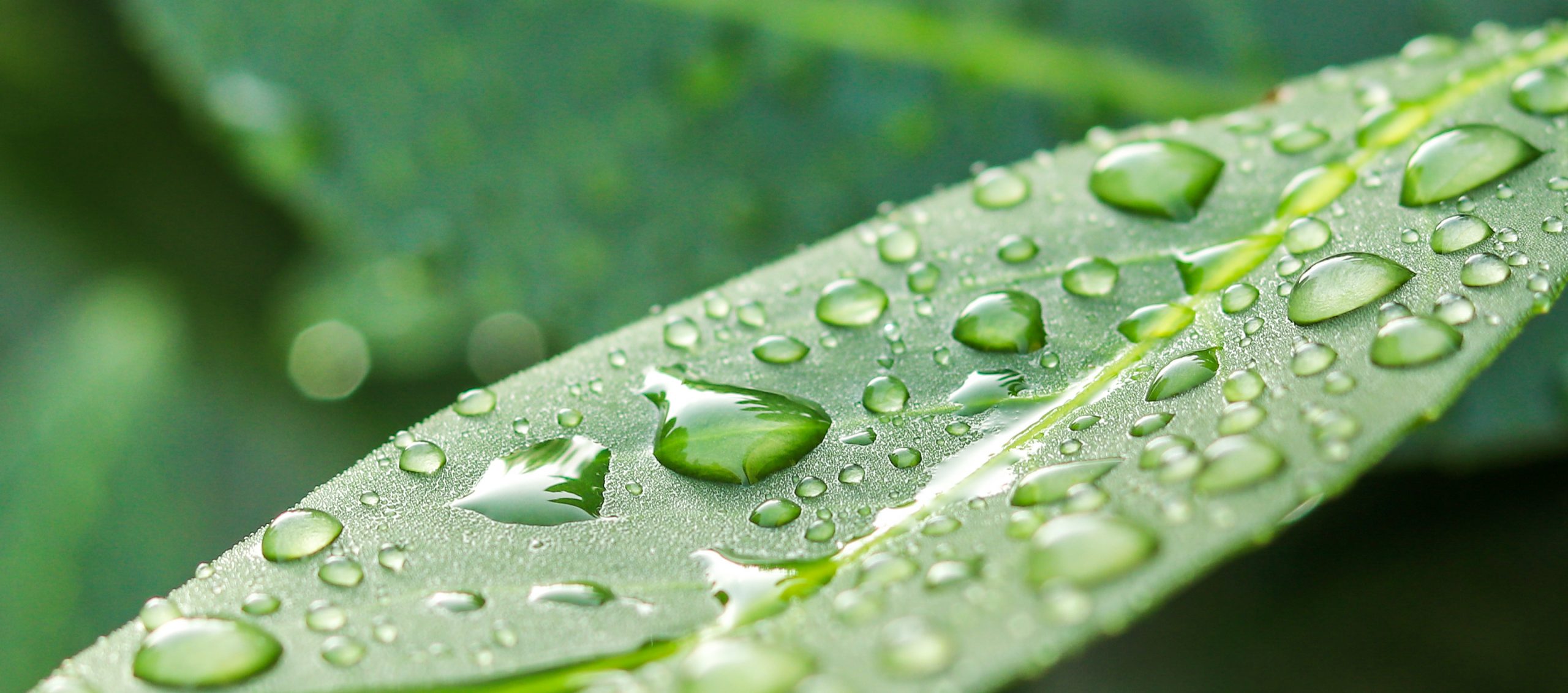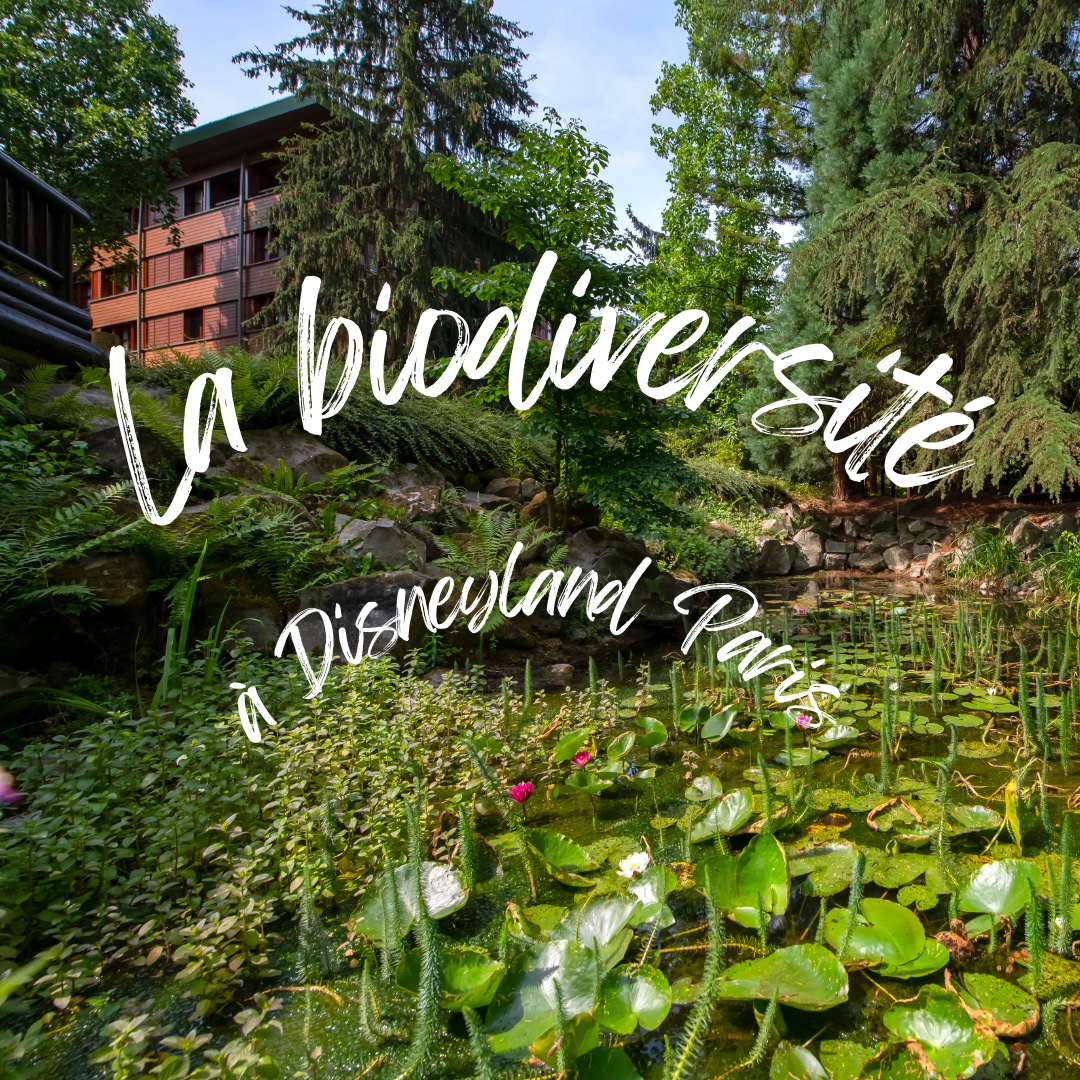OUR COMMITMENT TO THE ENVIRONMENT
The actions and projects we are undertaking are in line with Disney’s 2030 environmental goals and are also specific to our operations in France and aligned with the cross-functional strategies specific to our business. Our Science-Based Targets Initiative (SBTi) target the collection of concrete data that enables us to assess the areas in which our value chain has the most significant environmental impacts.
Our strategy is based on five main pillars: emissions; water; waste and materials for a more circular economy; sustainable design; and - specifically to Disneyland Paris - biodiversity.
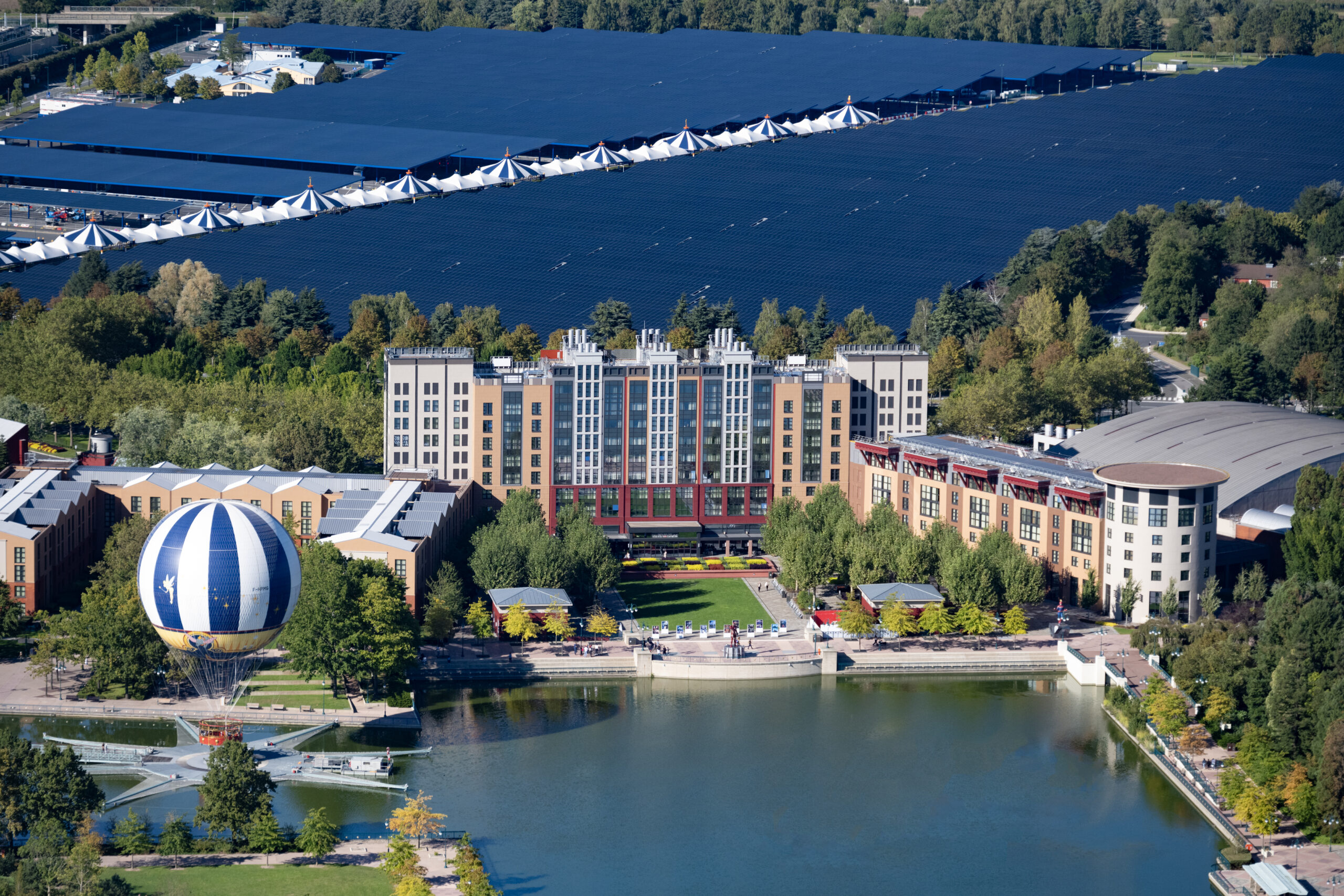
EMISSIONS
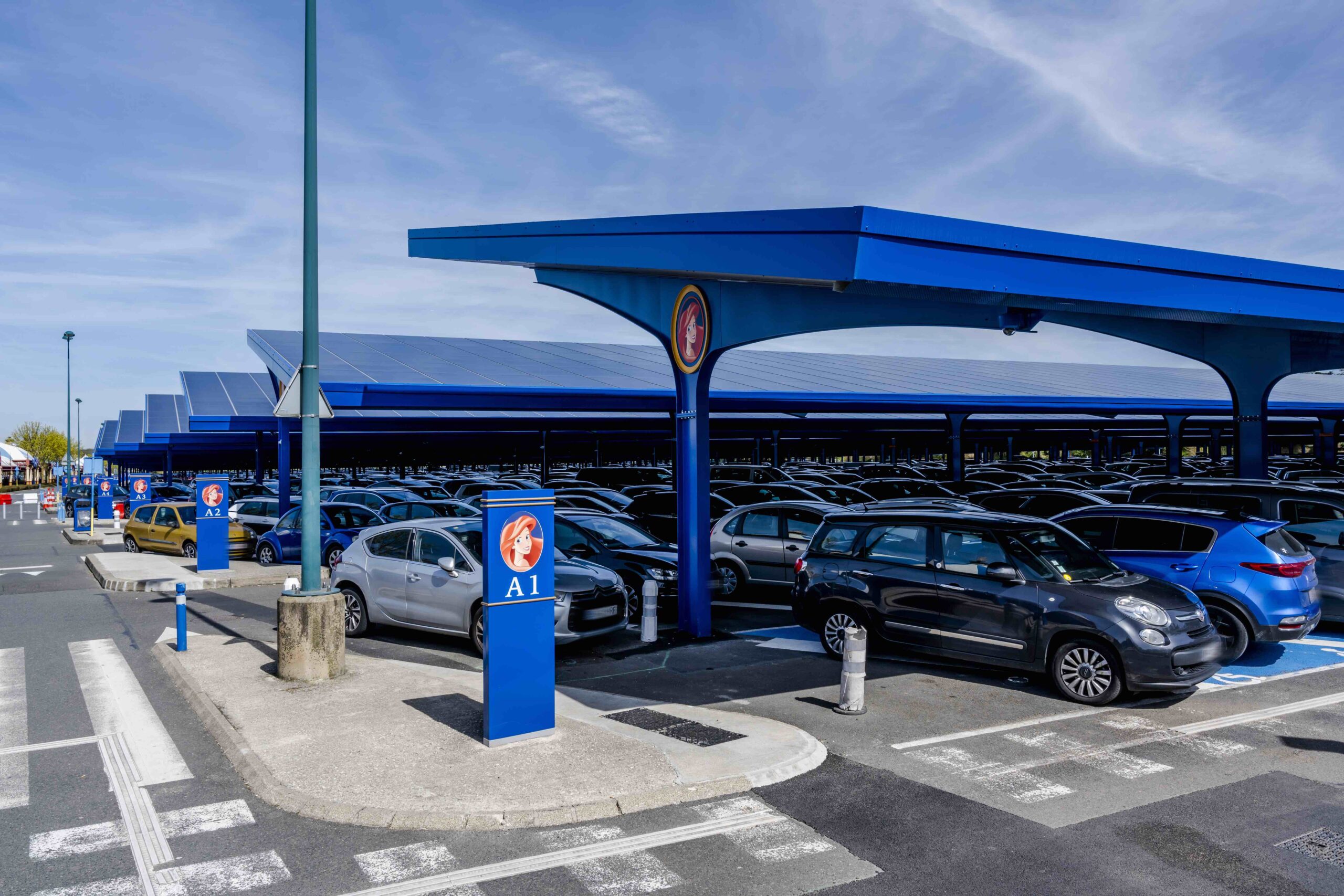
Disneyland Paris has been committed to energy efficiency for many years. In line with thiscommitment and with the Paris Climate Agreement, in 2022 we pledged to reduce absoluteemissions generated by our direct operations by 46.2% by 2030*.
The resort is adopting an overall mitigation strategy with a holistic approach whichincludes: energy saving measures, efficiency with improvements to existing facilities to optimise energy performance, and major projects to promote renewable energies.
The resort also aims at reducing its indirect emissions (Scope 3)** by 27.5% in particularoperations that emit the most such as goods, services and food & beverage. To achievethese reductions, we have implemented an ambitious sustainable purchasing policythroughout our value chain.
Disneyland Paris is committed to using 100% low greenhouse-gas-emitting energy by 2030, as part of its ongoing drive to promote the development of renewable energies and a responsible energy transition.
*Against a fiscal 2019 baseline
**Greenhouse Gas Protocol definition excluding guests travel
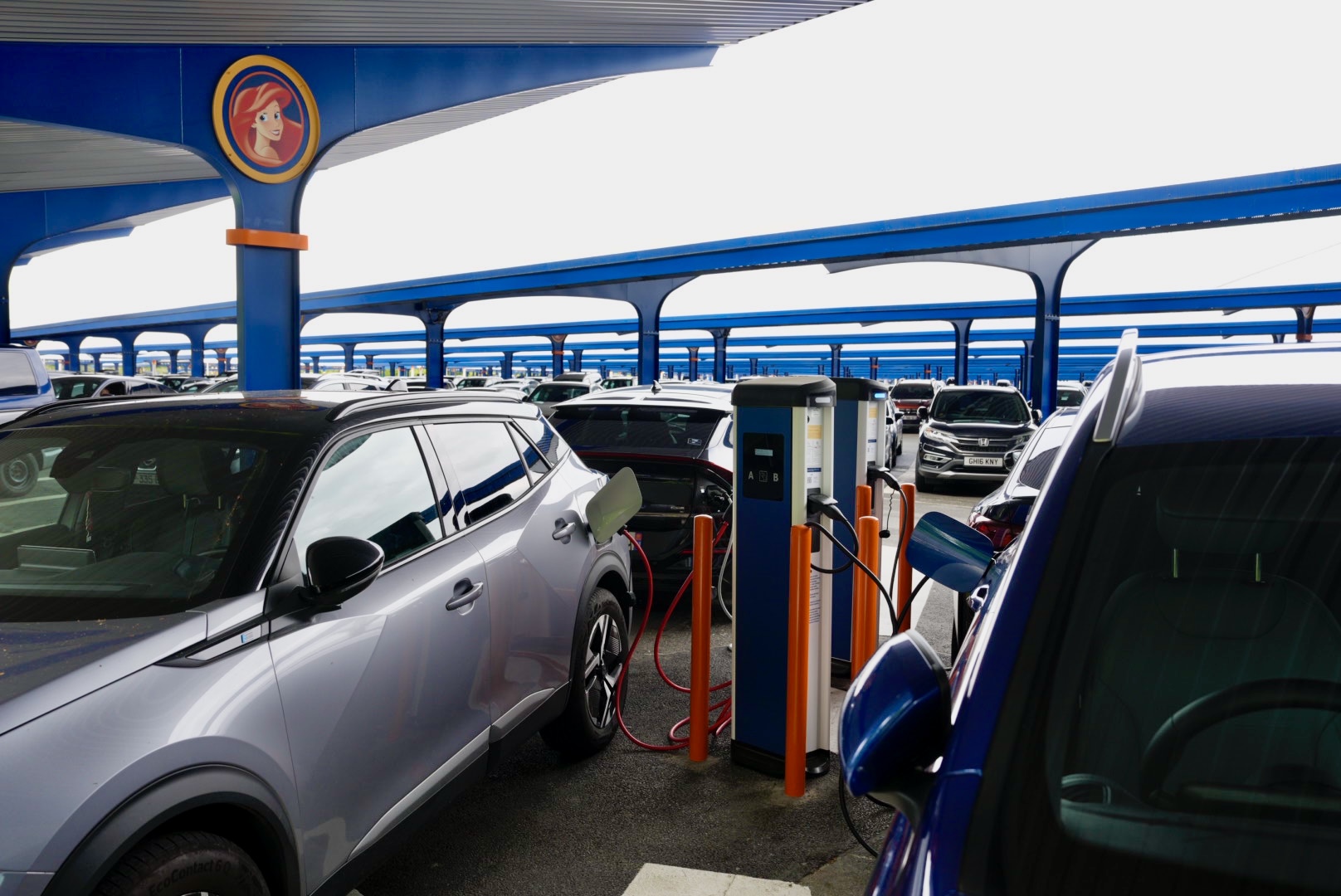
FOCUS ON OUR SOLAR CANOPY PLANT
In late 2023, Disneyland Paris completed the construction of one of Europe’slargest solar canopy plants. Developed through a co-investment with the French company Urbasolar, it covers no less than 11,200 parking spaces, not only for cars but also for camper vans and buses. It even provides additionalenhancements for guests, including shade and shelter from direct sunlight, rain or snow.
his ambitious project produces 36 GWh/year, equivalent to the consumption of a town of 17,400 inhabitants. Thanks to this achievement, we aim to reducegreenhouse gas
emissions by approximately 890 tons of CO2 per year in the Val d’Europe territory.
In accordance with applicable regulations, more than 500 electric charging points have also been installed in the guest parking lot.
Thermo-refrigerating pump allowing Disneyland Paris to reduce its greenhouse gas emissions by 9%*
To further enhance energy efficiency, the resort will soon be equipped with a thermo-refrigerating pump, which has the power to provide simultaneous heatingand cooling.
*Scope 1 and 2
GREENHOUSE GAS EMISSIONS
HEATING NEEDS
NATURAL GAS CONSUMPTION
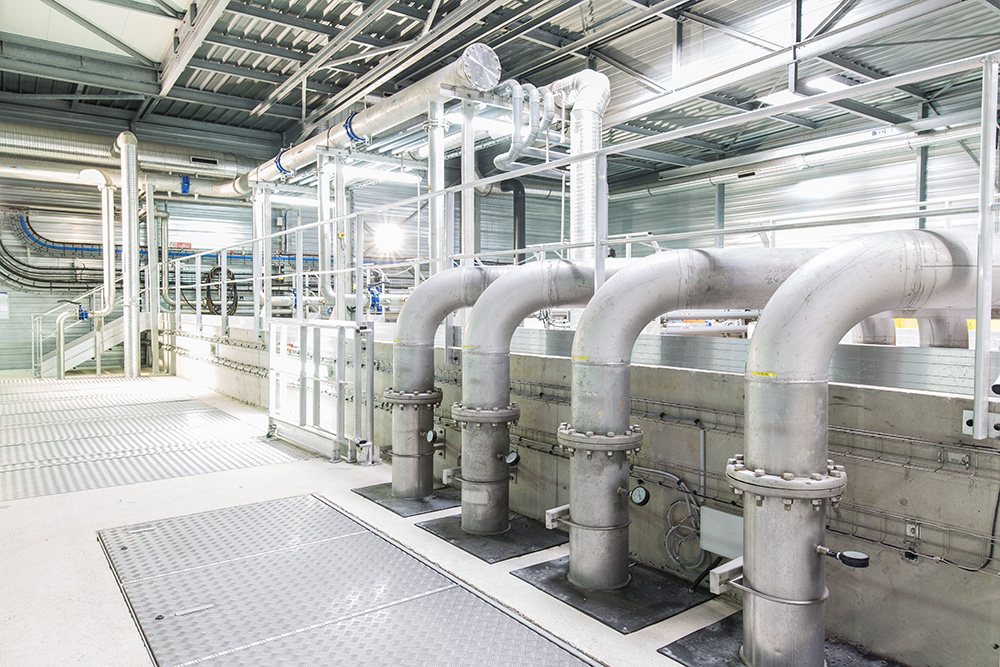
WATER

A wastewater treatment plant to reduce water consumption
Our actions to reduce our overall water footprint by 10% by 2030* are intendedto optimize our consumption and change the way we use water, protecting thisvaluable resource for generations to come.
Disneyland Paris was the first theme park in Europe to install its own wastewatertreatment plant in 2013. This plant collects up to 3,500 m3 of wastewater per dayfrom the two parks, purifies and treats it to produce clean, high-quality water. This water is then used to clean the roads and water the green spaces.
REDUCTION OF POTABLE WATER CONSUMPTION BETWEEN 2012 AND 2024
OF POTABLE WATER SAVED SINCE 2013
MATERIALS, WASTE AND CIRCULAR ECONOMY
In line with Disney’s 2030 environmental goals, Disneyland Paris has implemented a comprehensive waste management plan aimed at reducing,reusing and recycling, while encouraging our guests and
teams to produce less waste. For example, the use of reusable tableware in all of the resort’s quick service restaurants contributes
to the reduction of our single-use packaging waste, in compliance with currentregulations. We are committed to going further with, for example, the implementation of a sustainable purchasing policy and a more circular economy.We recycle our waste to give it a second life: the scrap metal we collect is resoldand then melted down to make steel. The same applies to paper, plant oils and food waste.
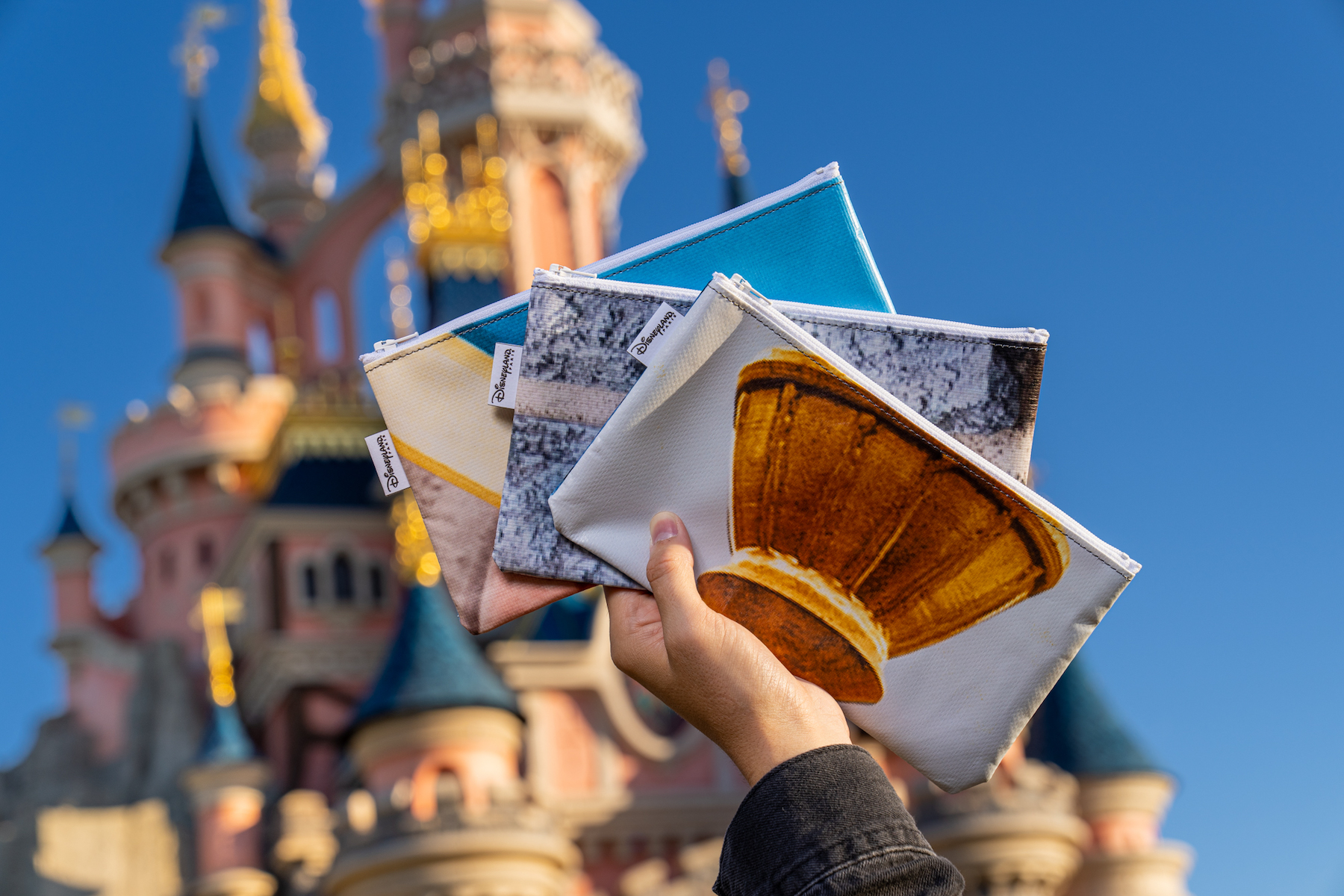
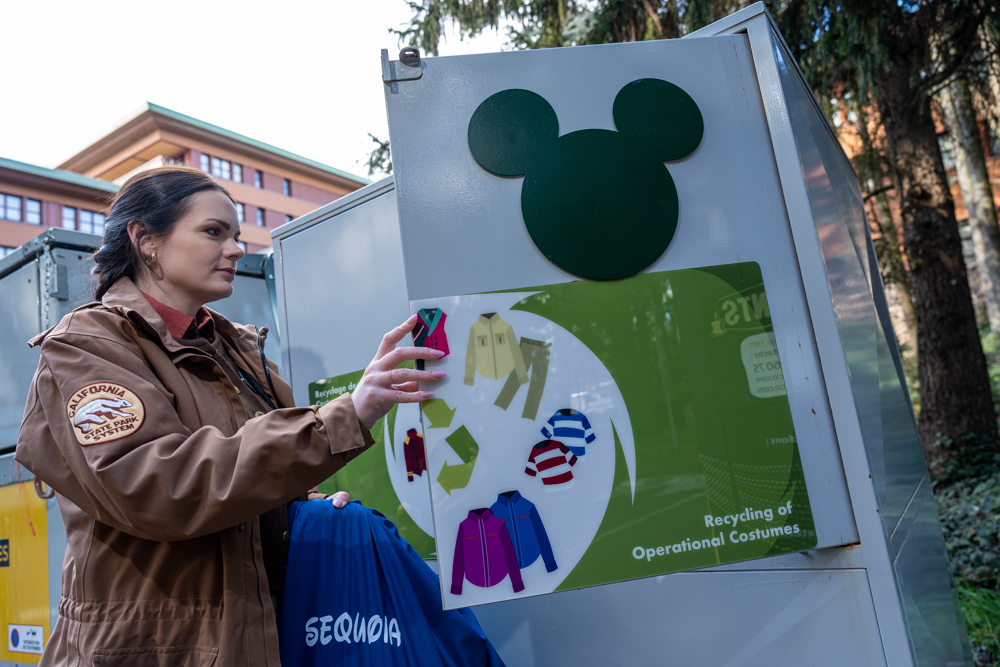
OUR RECYCLING AND UPCYCLING PROJECTS IN LINE WITH OU DNA
Among its 18 000 Cast Members, Disneyland Paris counts thousands of employees working in operational areas, accounting for a significant amount of clothing. To reduce our environmental footprint, we are committed to a costume recycling policy in order to reuse the fabric from costumes once they can no longer be worn.
OF COSTUMES RECYCLED IN 2023 AND 2024, EQUIVALENT TO 33, 000 PIECES
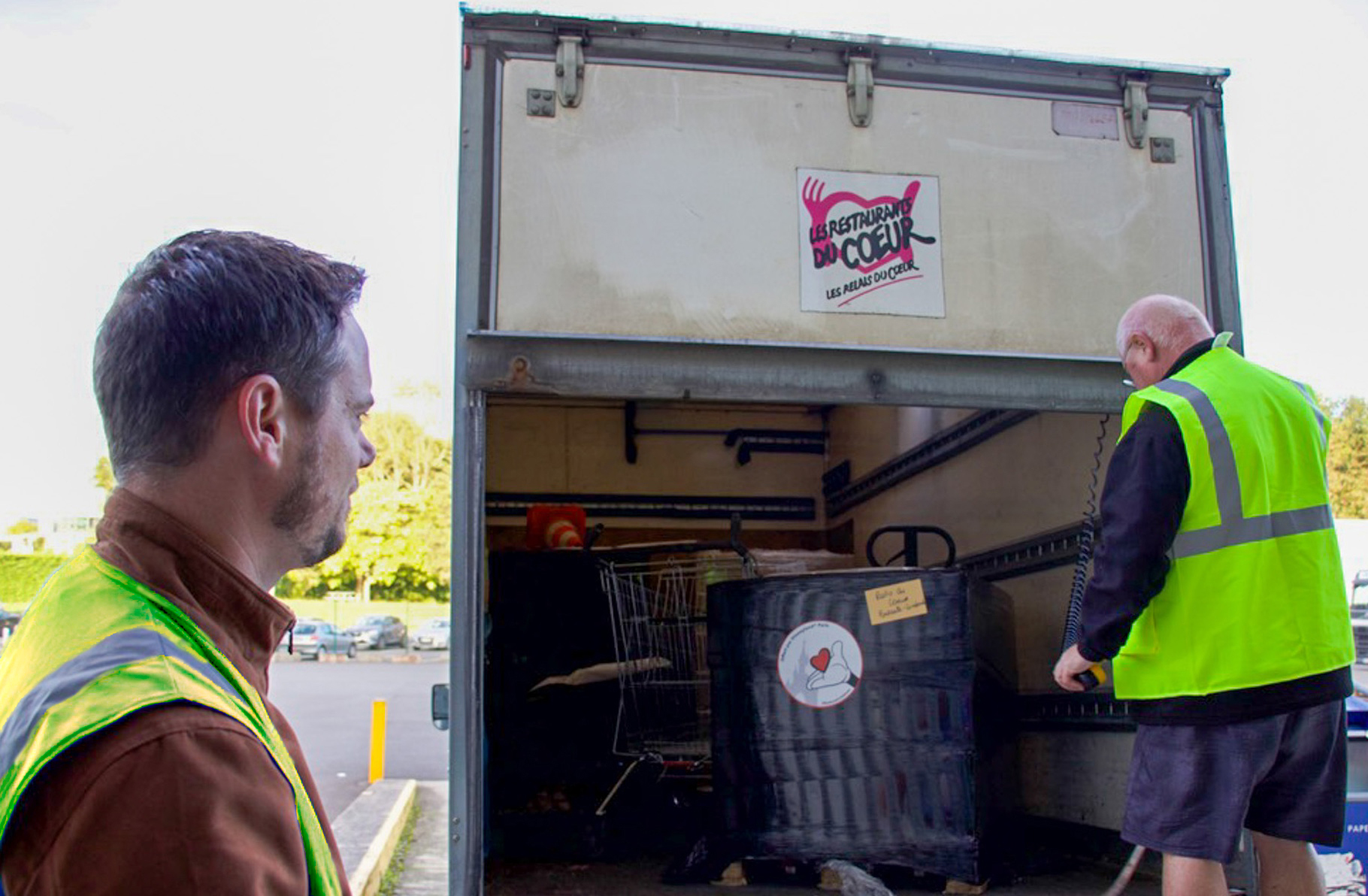
BRINGING MAGIC TO THOSE WHO NEED IT MOST
Disneyland Paris donates merchandise, foodstuffs, furniture and accessories throughout France, thanks to its collaboration with numerous French and European associations such as Secours Populaire, the Red Cross, Restos du Coeur and the Banque Alimentaire.
In 2024, Disneyland Paris donated 3 million products.
OUR ACTIONS AGAINST FOOD WASTE
In line with the AGEC law, which sets a target of a 50% reduction in food wasteby 2030, our Food & Beverage teams have developed a number of initiatives: the introduction of awarenessraising signage in buffets, a redesigned offer to reducelosses at the end of mealtime, and support for Cast Members in catering through dedicated training courses.
Some restaurants also offer “anti-waste” recipes, and other measures are currently being developed.
OF FOOD WASTE FROM 2022 TO 2024
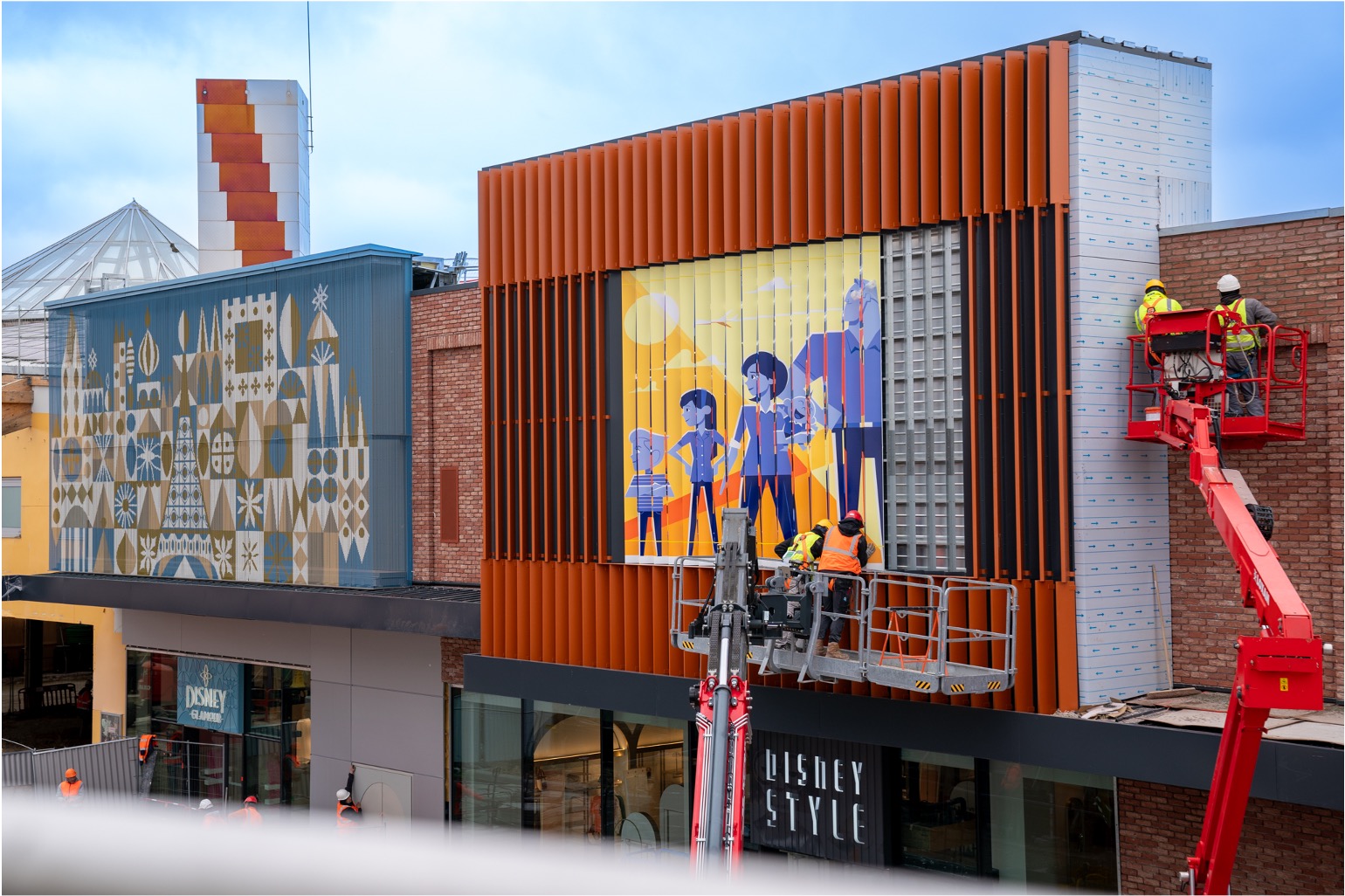
SUSTAINABLE DESIGN
Designing, building, operating and refurbishing in a way that minimizes or avoids emissions, water consumption and waste production is at the heart of the sustainable construction strategy at Disneyland Paris. To reduce the environmental impact of our buildings, wecontinue to drive efficiency improvements for our existing facilities, and ensurethat all new constructions are designed and built to exacting standards, in compliance with applicable regulations.
of construction waste recycled in 2023-2024
BIODIVERSITY
The joint work of the Environment and Landscaping teams goes beyond simple landscaping. Over the last ten years or so, the teams have been working to create alternative landscapes using nuanced management methods such as eco-grazing, differentiatedmanagement (adapting the level of maintenance of a green space according to its use) and the installation of numerous flowermeadows and conservatory orchards.
We take particular care to conserve French animal breeds and plant varieties. Our fallow land, for example, is grazed by Solognotes ewes, a breed that is part of a genetic conservation programme. The orchards are planted with local fruit trees, as is our rose garden.
of meadows, wastelands, and undergrowth grazed by sheeps
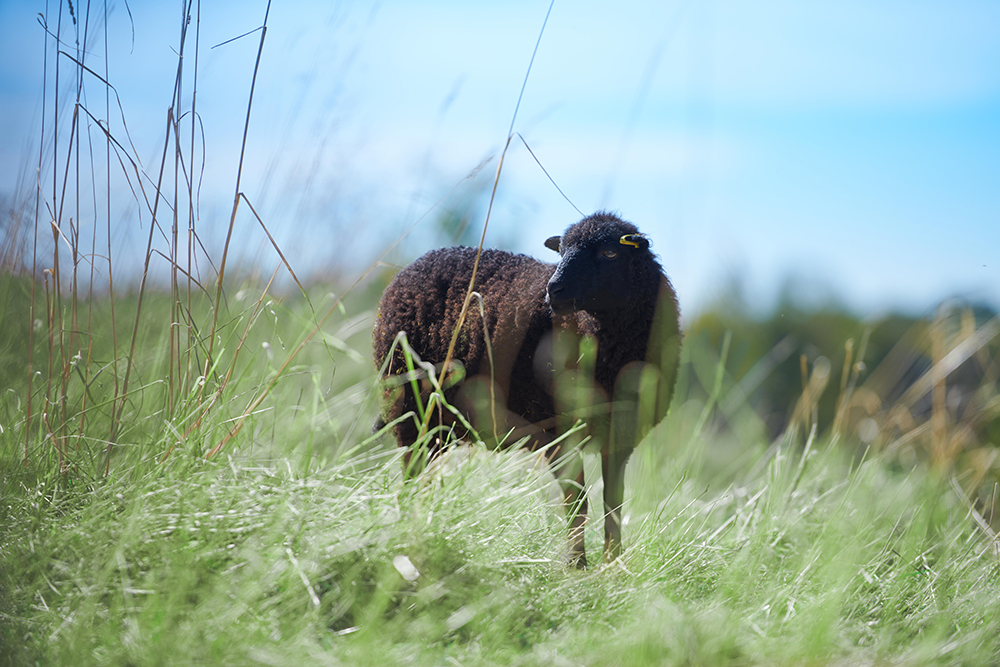
10 HECTARES MANAGED IN A DIFFERENCIATED MANNER INCLUDING
HECTARES IN FLOWERED MEADOWS
NEST BOXES AND SHELTERS FOR AUXILIARY SPECIES
VARIETIES OF FRUIT TREES
SPIECIES OF WILDFLOWERS AND PLANTS
DOMESTIC BEEHIVES TO REINFORCE NATURAL POLLINATION
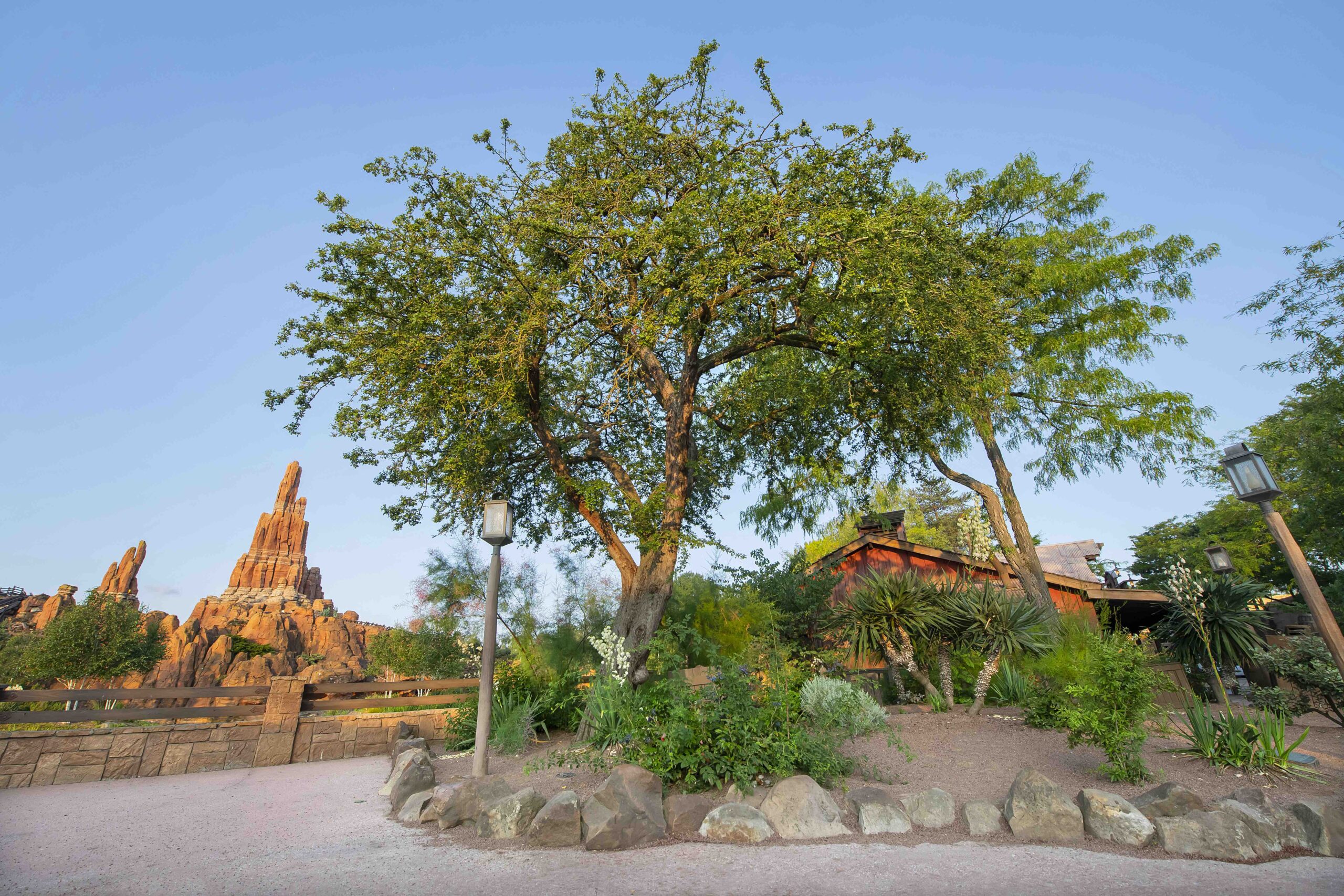
Plants at Disneyland Paris
The Landscaping team, cares for the 330,000 shrubs and bushes, 7,400 m2 of flowerbeds, 33,000 trees, more than 20 varieties of fruit trees and over 50 species of wildflowers and plants on a daily basis. The park is also home to many species, including numerous insects, 15 unique species of butterfly, and various species of fish found in the Disney Village lake.
shrubs and bushes
of flowerbeds
trees
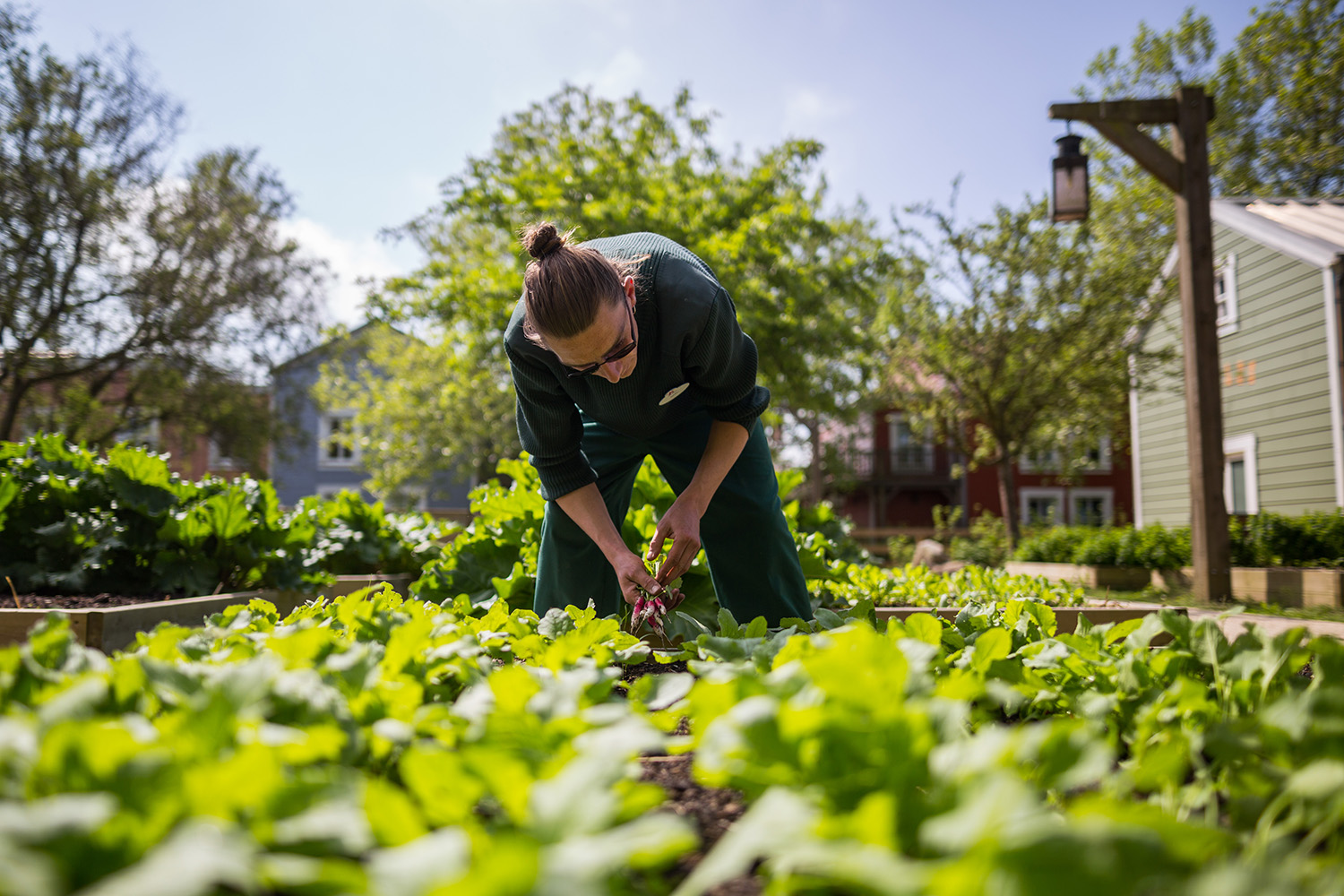
RÉMY’S VEGETABLE GARDEN
The Disney Hotel Cheyenne has its own vegetable garden, with 245 m2 of cultivated area out of a total surface area of 470 m2. The production is for the use of guests staying at the Disney Hotel Cheyenne. The Landscaping and Environment teams have worked with a local ESAT to completely redesign the garden and prepare the seedlings.
DISCOVER THE WALT DISNEY COMPANY ENVIRONMENTAL COMMITMENTS
Our energy saving efforts here at Disneyland Paris are part of a company-wide commitment to the environment. Together we’re taking action to reduce our environmental footprint, care for wildlife and their habitats, and create stories that inspire optimism for a more sustainable future.
